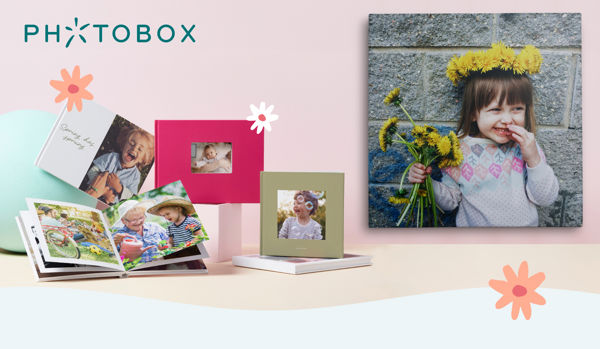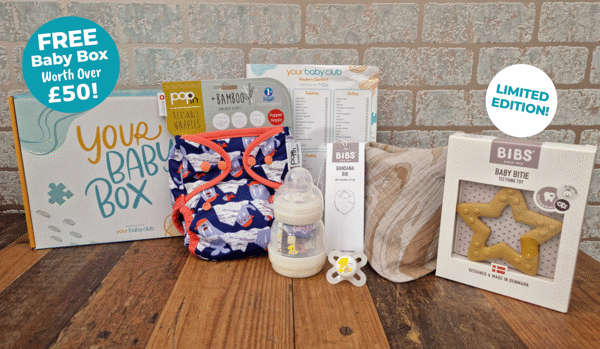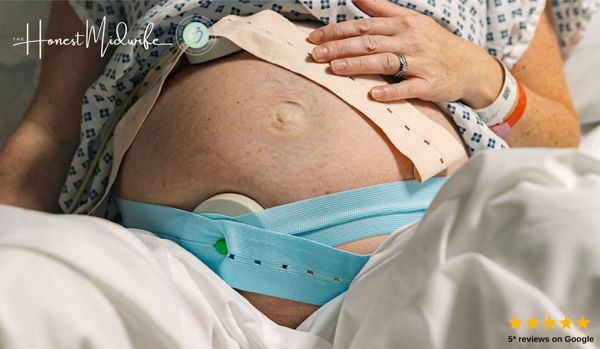Have you heard of kangaroo care before? Do you know why it is so important, particularly in the current climate?
In this post, I am going to give you a quick summary of what kangaroo care means and the important benefits to both babies and parents…
What is Kangaroo Care?
Kangaroo care is essentially a form of ‘skin to skin’ contact between care-giver and baby whereby the baby (naked, apart from a nappy if preferred) is held on or laid onto the bare chest of the caregiver with a towel or blanket wrapped around their back to keep the exposed skin warm – almost like the pouch of a kangaroo.
Many believe that kangaroo care is just for premature babies, and although this is now recognised as an important part of the care of pre-term babies, it is beneficial for ALL babies and caregivers, not just those who are born too early. It was originally developed and recommended as a way of helping to increase the survival rates of premature babies, after researchers discovered that the death rate amongst premature babies decreased when babies were held close to their care-giver’s naked chest for a number of hours each day.
Kangaroo care is incredibly beneficial for babies and carers, but especially so within the current climate – whereby some caregivers are unable to join in with important bonding moments such as scans, early labour and staying with mother and baby afterwards. Mothers may be struggling with the effects of a lonely or traumatic labour, or lack of wider community support. The lack of antenatal classes and NCT groups to help with pre-birth bonding are also restricted and so using methods such as kangaroo care to increase oxytocin levels and help with bonding are so important at the moment.
What are the benefits of Kangaroo care?
1. Fostering Connection and bonding – This is such an important and worthwhile reason to practise kangaroo care with your baby, not just as the birthing parent but as the second parent too. The parent who didn’t carry or birth the baby can often struggle to connect with and bond with their baby at first, especially if they are not able to help out with feeds either. Kangaroo care is for both parents to benefit from building a relationship and a bond with their baby. This is particularly important at the moment where birth partners may not have been able to share in special moments such as scans or early labour.
2. Oxytocin release for mums – In the same way that breastfeeding offers an oxytocin release – the ‘love’ hormone – kangaroo care also has this benefit. Not only can this aid with parent and baby bonding but it can also help combat the negative hormones after pregnancy and birth which can lead to baby blues and PND. Cuddling your baby is as good for you as it is for them!
3. Inclusivity of Dads who couldn’t attend NCT or even hospital appointments – this ties in with point 1. Kangaroo care will give Dads the opportunity to spend precious time with their baby, helping them to recognise their scent and voice whilst allowing dad to build up a bond and a connection with their new little one, giving them the closeness they may not have been permitted to have during a hospital stay.
4. Helps to stabilise a baby’s heart rate, breathing and body temperature – did you know that kangaroo care can have positive physical effects on your baby? Research has shown that babies who practise skin to skin have a more regular breathing pattern. A mother’s chest also alters temperature to accommodate the needs of their baby…cooling down or warming up in response, and baby’s heart rate also stabilises during skin to skin contact.
5. Increased oxygen levels to the baby’s tissues and organs – this links into the positive effects of regulating breathing and temperature – oxygen saturation rates can actually increase during kangaroo care! This is one of the reasons that survival rates of NICU babies increases with the use of skin to skin contact with the caregiver. Your contact with your baby helps them to thrive!
Join Louise Broadbridge, senior midwife & the face of instagram's @thehonestmidwife for a live, online class preparing you and your partner for natural labour, birth and beyond. Enjoyed by 1000's of expectant parents like you.
6. Increase in vital sleep time for baby – you will find that your baby likes nothing more than to sleep on your chest during kangaroo care. Whilst many babies can be fussy in a cot or a crib, they will instantly calm on your chest as their breathing and body temperature regulates. Some research has also shown that this can aid brain development too.
7. Helps breastfeeding mums to be more successful – kangaroo care increases the milk supply of breastfeeding mums as oxytocin level rise and baby is able to smell and root for their milk as needed during skin to skin contact. This increased nursing potential for baby helps to increase milk supply for the mother as breastfeeding works on a supply and demand basis…increasing milk supply to keep up with the needs of the baby. Having time to relax with your baby on your chest with easy access to their milk can really help to make breastfeeding much more successful for mother and baby.
Important final point to note: It is not safe to practise kangaroo care if you are sleepy or have been drinking. Parents must be fully alert and awake in order to care for their baby effectively during skin to skin to avoid suffocation or rolling away.








